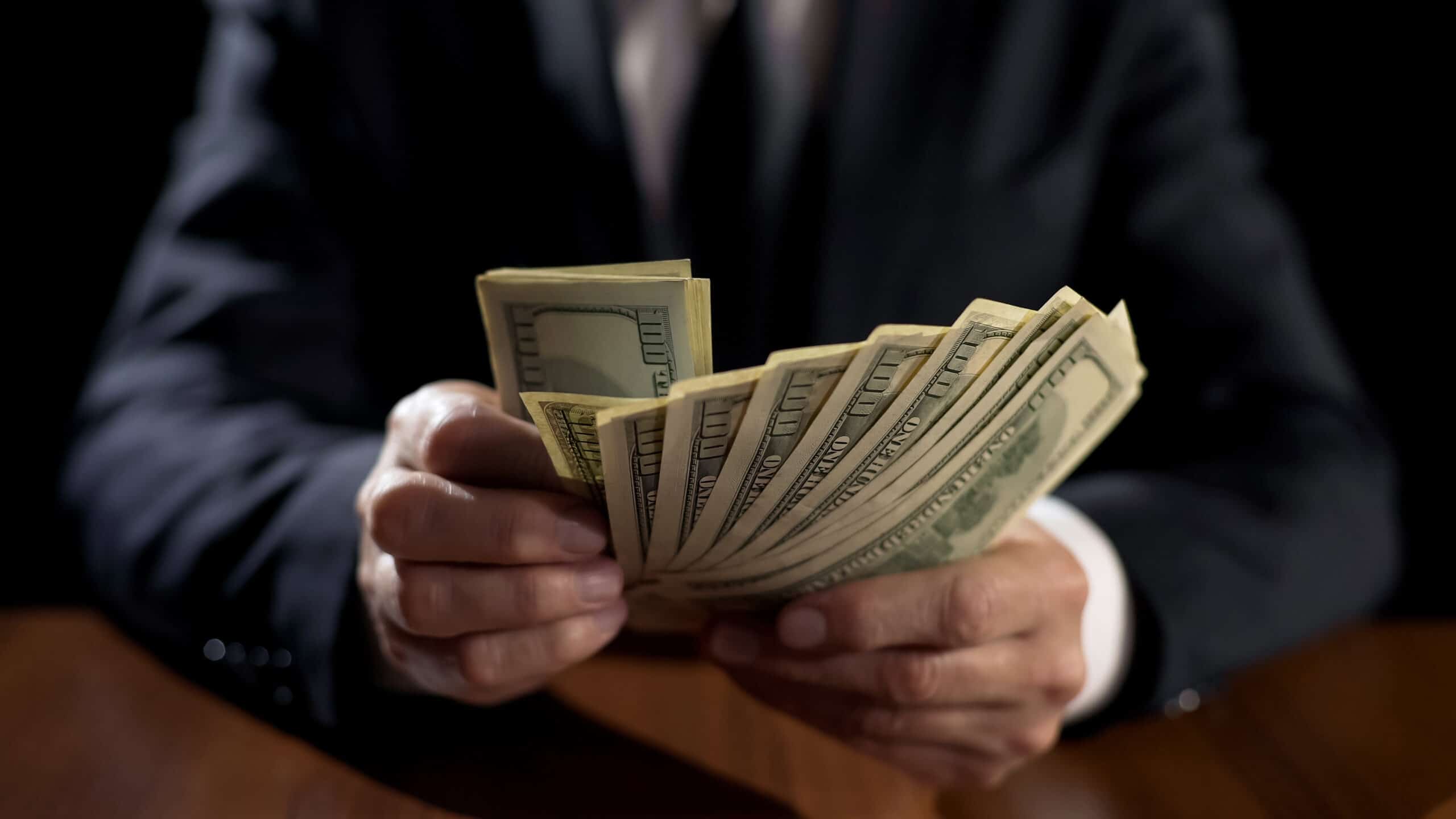In part 1 we looked at a growing trend where billionaires have started investing or taken a strong interest in rare earths companies, mines, and/or projects around the world. In particular, the story focused on James Litinski’s rise to fame at MP Materials Corp. (NYSE: MP), as well as the recent billionaire moves of KoBold Metals (Jeff Bezos, Michael Bloomberg, Bill Gates) chasing rare earths in Greenland and Gina Rinehart buying into Arafura Rare Earths Limited (ASX: ARU).
Here in Part 2 of this series will take a look at more billionaires chasing rare earths such as Andrew ‘Twiggy” Forrest, Chris Ellison, and Elon Musk.
Andrew Forrest’s Wyloo Metals and Hastings Technology Metals Ltd.
As announced on August 26, 2022, Australian billionaire Andrew Forrest’s private company Wyloo Metals has agreed to an A$150 million cornerstone investment in Hastings Technology Metals Ltd. (ASX: HAS), through the issuance of secured, redeemable, exchangeable notes. Even more interesting was that Hastings intends to use the A$150 million proceeds to acquire a 22.1% strategic shareholding in Canada’s Neo Performance Materials Inc. (TSX: NEO). Neo uses rare earths to make magnetic powders and magnets, which can later be used in the permanent magnet electric motors used in most quality EVs and wind turbines.
Hastings controls two rare earth projects in Western Australia, the Yangibana Project (more advanced) and the Brockman Project. At the Yangibana Project, Hastings plans to build a mine and beneficiation plant and a hydrometallurgical plant nearby in Onslow, to produce 8,500 tpa TREO production and 3,400tpa NdPr.
It was also revealed in November 2022 that Andrew Forrest’s Fortescue Metals Group Ltd. (ASX: FMG) has signaled the company hopes to open up a business mining and refining rare earths.
Chris Ellison and rare earths junior VHM Limited
Mineral Resources Limited (ASX: MIN) CEO Chris Ellison has been an early leader in the lithium boom, yet now he has also turned his attention to rare earths. Ellison has backed rare earths junior VHM Limited which is set to IPO on the ASX in January 2023. VHM Limited state they have “one of the world’s largest, highest-grade rare earth deposits” at their Goschen Rare Earths and Mineral Sands Project in Victoria, aiming to begin production by H1, 2025. The rare earths in the Goschen Project include neodymium, praseodymium, dysprosium and terbium.
Elon Musk’s insatiable demand for rare earths to feed Tesla’s vehicles
In 2018 it was reported by Reuters that “Tesla’s shift to a magnetic motor using neodymium in its Model 3 Long Range car adds to pressure on already strained supplies of a rare earth metal……” Musk and Tesla (NASDAQ: TSLA) had come to learn that by using the most powerful and lightweight permanent magnet electric motors they were able to save weight and improve efficiency, which improves both performance and range as well as cost (a smaller battery is needed to achieve the same range). Permanent magnet motors are currently the smallest and lightest electric motors you can buy. The only catch is they require the magnet rare earths. So this is now Tesla’s current problem. How to source the magnet rare earths in the volumes they need now and in future years as they scale to 20 million electric cars per year by 2030. Tesla’s chair Robyn Denholm gave investors a huge clue during a speech in Canberra to mining industry leaders in 2021, when she predicted that Tesla could soon consume more than $1 billion a year in Australian produced lithium, nickel, rare earths, and other battery metals. Then again in October 2022, Denholm strongly advocated that Australia can do so much more to support the EV supply chain. Tesla chairman suggested Australia is capable to do mining, refining, battery cells production, and even make electric vehicles. She said Australia has the raw materials, including lithium, cobalt, copper, and rare earths.
I would add that Canada also has this very same potential and is now focused to build up an EV supply chain, notably in Ontario and Quebec. The Canadian government has allocated C$3.8 billion of financial support for critical minerals in its 2022 budget.
Tesla’s electric cars have shifted towards using more permanent magnet motors that use the magnet rare earths

Source: iStock
Closing remarks
This “billionaires chasing the critical magnet rare earths” series has exposed a relatively new trend where several of the richest and most powerful billionaires in the world have turned their attention to the magnet rare earths, namely neodymium (Nd), praseodymium (Pr), and dysprosium (Dy). Billionaires now involved in rare earths include James Litinsky, Jeff Bezos, Michael Bloomberg, Bill Gates, Gina Rinehart, Andrew Forrest, Chris Ellison and indirectly Elon Musk via Tesla.
The reason for this unprecedented interest in the magnet rare earths sector is simple. The most powerful and efficient electric motors need the most powerful magnets, and these are made from the magnet rare earths Nd, Pr, and Dy. Also, they typically use Boron (B). Electric motors are replacing the internal combustion engine and are now central to most modern day technology especially green technology such as electrification of our transport network and renewable energy generation.
Reaching net zero carbon emissions means the next 2-3 decades will rely heavily on switching to electric motors and that will require a secure source of the critical rare earths.
Investors can also learn from these leading billionaires and invest in the magnet metal rare earths while we are still in the early stages of what looks likely to be a decade long boom.
For more information you can visit InvestorIntel’s page “Critical Minerals & Rare Earths“.




Leave a Reply